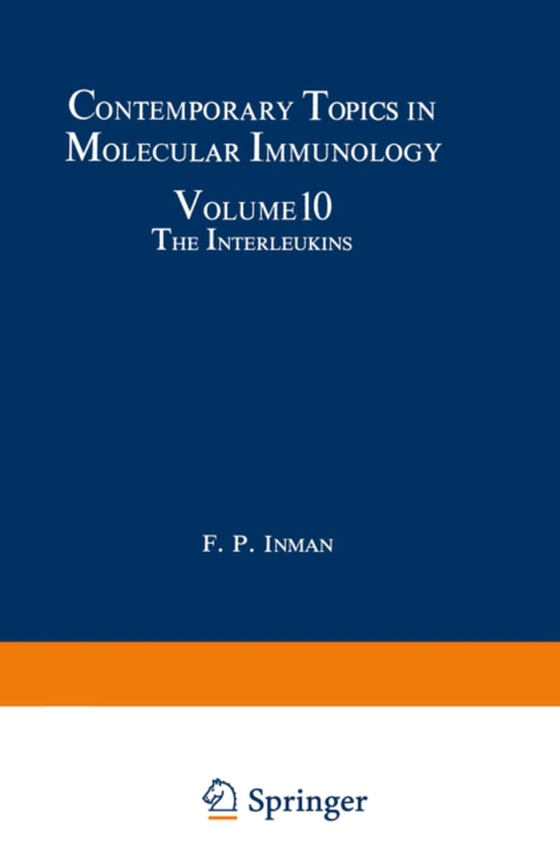
Interleukins e-bog
546,06 DKK
(ekskl. moms 436,85 DKK)
Investigations of the activation, proliferation, and, in some cases, differentia- tion of mononuclear cells involved in the immune response are proceeding rapidly. These studies have resulted in the discovery of several factors that promote these cellular events, some of which have been characterized biochemically to various extents. Because of the considerable interest in understanding these c...
E-bog
546,06 DKK
Forlag
Springer
Udgivet
14 marts 2013
Genrer
Immunology
Sprog
English
Format
pdf
Beskyttelse
LCP
ISBN
9781468448382
Investigations of the activation, proliferation, and, in some cases, differentia- tion of mononuclear cells involved in the immune response are proceeding rapidly. These studies have resulted in the discovery of several factors that promote these cellular events, some of which have been characterized biochemically to various extents. Because of the considerable interest in understanding these cellular changes at the molecular level, we chose to produce the first thematic volume for Contemporary Topics in Molecular Immunology; the theme deals with certain regulatory factors that promote proliferation and differentiation. We have com- piled contributions from numerous scientists well known for their work with several regulatory factors. In the following paragraphs, the reader will find an overview of the contents of this volume. Greene and Robb review data they have generated over the past 2-3 years with respect to characterization of hormone-specific Interleukin-2 (IL-2) recep- tors on the surface of activated T cells. Their chapter traces the development of a quantitative assay for assessment of IL-2 receptors based on the preparation and use of radiolabeled IL-2 prepared biosynthetically with the aid of IL-2-pro- ducer leukemic cells. The authors then describe an alternate approach, the prep- aration of a monoclonal antibody previously determined to be directed against a T -cell-activation antigen. This so-called anti-Tac antibody was later found to recognize a determinant on or near the IL-2 receptor.
 Dansk
Dansk

